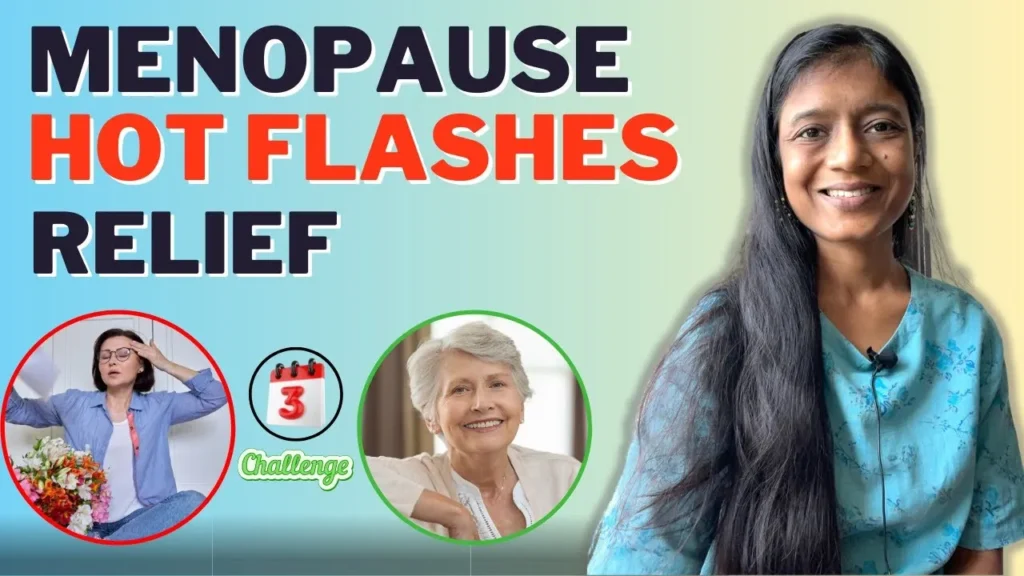
Hot flashes are a common symptom experienced by many women as they go through menopause. These sudden feelings of intense heat, sweating, and flushing can be uncomfortable and disruptive to daily life. For years, women have sought relief from hot flashes through various treatments, including hormone replacement therapy (HRT) and lifestyle changes. However, recent breakthroughs in hot flash treatment have provided new options for women looking to manage this bothersome symptom. In this article, we will explore the latest advancements in hot flash treatment and provide valuable information for women seeking relief.
Understanding Hot Flashes
Before delving into the latest breakthroughs in hot flash treatment, it is important to understand what causes hot flashes. Hot flashes are believed to be caused by changes in hormone levels, particularly estrogen, during menopause. When estrogen levels fluctuate, it can disrupt the body’s ability to regulate temperature, leading to sudden waves of heat and sweating. Hot flashes can vary in frequency and intensity, with some women experiencing them multiple times a day.
Hot flashes can have a significant impact on a woman’s quality of life, affecting her sleep, mood, and overall well-being. In addition to physical discomfort, hot flashes can also lead to embarrassment and social isolation. As a result, many women seek effective treatment options to manage this common menopausal symptom.
Traditional Treatments for Hot Flashes
In the past, hormone replacement therapy (HRT) was a popular treatment option for hot flashes. HRT involves taking estrogen or a combination of estrogen and progestin to help alleviate menopausal symptoms, including hot flashes. While HRT can be effective in reducing hot flashes, it is not without risks. Studies have shown that long-term use of HRT may increase the risk of certain health conditions, including breast cancer, heart disease, and stroke. As a result, many women have turned to alternative treatments for hot flashes.
In addition to HRT, lifestyle changes have also been recommended as a way to manage hot flashes. These changes may include avoiding triggers such as spicy foods, caffeine, and alcohol, maintaining a healthy weight, and practicing stress-reducing techniques like yoga and meditation. While these lifestyle changes can be beneficial in reducing hot flashes, they may not provide complete relief for all women.
The Latest Breakthroughs in Hot Flash Treatment
In recent years, researchers have made significant advancements in hot flash treatment, offering new options for women seeking relief. One of the most promising breakthroughs is the development of non-hormonal medications specifically designed to target hot flashes. These medications work by targeting the brain’s temperature-regulating mechanisms, helping to reduce the frequency and intensity of hot flashes.
One such medication is Brisdelle (paroxetine), which is a selective serotonin reuptake inhibitor (SSRI) approved by the Food and Drug Administration (FDA) for the treatment of hot flashes. Brisdelle has been shown to be effective in reducing the frequency and severity of hot flashes in menopausal women without the use of hormones. Other non-hormonal medications, such as gabapentin and clonidine, have also shown promise in managing hot flashes.
In addition to medication, other treatments such as acupuncture, cognitive behavioral therapy, and hypnosis have been studied as potential options for managing hot flashes. These alternative therapies work by helping women relax and cope with the symptoms of hot flashes, reducing their impact on daily life.
FAQs
Q: Are non-hormonal medications safe for treating hot flashes?
A: Non-hormonal medications such as Brisdelle have been shown to be safe and effective for managing hot flashes in menopausal women. However, it is important to consult with a healthcare provider before starting any new medication to ensure it is appropriate for your individual health needs.
Q: Can lifestyle changes alone help alleviate hot flashes?
A: While lifestyle changes can be beneficial in reducing the frequency and intensity of hot flashes, they may not provide complete relief for all women. It is important to explore a combination of treatment options, including medication and alternative therapies, to find the best approach for managing hot flashes.
Q: How long do hot flashes typically last?
A: Hot flashes can last anywhere from a few seconds to several minutes and may occur multiple times a day. The duration and frequency of hot flashes can vary from woman to woman and may continue for several years after menopause.
Q: Are there any natural remedies for hot flashes?
A: Some women find relief from hot flashes through natural remedies such as black cohosh, soy products, and flaxseed. However, the effectiveness of these remedies is not well-established, and it is important to consult with a healthcare provider before using any natural supplements.
Q: What should I do if my hot flashes are disrupting my daily life?
A: If hot flashes are significantly impacting your quality of life, it is important to seek help from a healthcare provider. Your provider can help you explore treatment options and develop a plan to manage your symptoms effectively.
In conclusion, hot flashes are a common symptom experienced by many women during menopause. While traditional treatments such as hormone replacement therapy have been effective in managing hot flashes, recent breakthroughs in treatment offer new options for women seeking relief. Non-hormonal medications, alternative therapies, and lifestyle changes can all play a role in managing hot flashes and improving quality of life. By staying informed about the latest advancements in hot flash treatment and exploring a variety of treatment options, women can find relief from this bothersome menopausal symptom.

